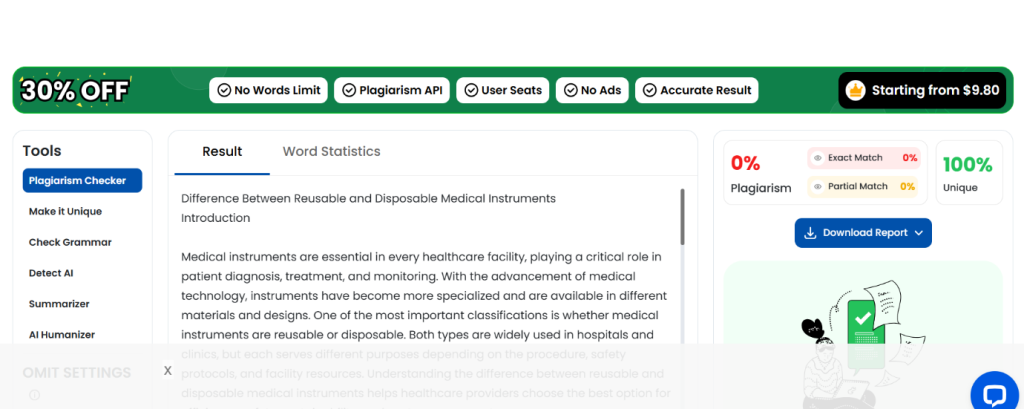
Importing equipment for medical use into countries of the Gulf Cooperation Council and Africa is a complicated process that involves strict standards and regulations. In these areas, the healthcare authorities prioritize safety of patients, product quality and compliance with international guidelines. Understanding Import Procedures, Certifications and Documentation Requirements, whether you’re a healthcare facility or a distributor of medical equipment, is crucial for a smooth entry into these markets.
The article gives a comprehensive overview on how to import medical devices into GCC countries and African nations. It covers key regulations, documents, certification procedures, and challenges.
Understanding Regional Regulatory Frameworks
Every country in the GCC or Africa has its own regulatory body, and different requirements to import medical devices. Many countries share the same goal: to ensure that high-quality equipment, which is safe and effective, can be found on their respective markets.
Medical equipment is regulated in the GCC region by agencies like:
The standards that these agencies adhere to are aligned to international organisations such as World Health Organization ISO and European CE Marking.
In Africa key markets like South Africa , Nigeria , Kenya and Egypt each have their own registration authority for medical devices, such as:
Importing successfully begins with understanding the import framework for each region.
Classification of products and registration
Determine the risk classification before importing any medical devices. The majority of authorities categorize devices in categories like (low-risk) (moderate-risk) and (high-risk).
. For instance, a temperature gauge may fall into Class I while an MRI or ventilator will be classified as Class III. Classifications are based on the risk level of the device. For example, a thermometer may be classified as Class I while an MRI scanner or ventilator would fall under class III.
After classification, the product needs to be Registered at the appropriate regulatory authority. Registration typically requires:
Step 2: Designating an authorized local representative
Local Representative or Distributor is usually required for foreign manufacturers to sell in GCC and African countries. The representative will be the main contact with regulatory agencies and handle import registrations and licenses.
Selecting a representative who is reliable and has experience in handling ongoing compliance issues, product recalls and post-market monitoring, is important. The local representative will usually also need to have a valid registration at the Ministry of Health, or an equivalent authority.
Step 3: Import License and Documentation
The next step after product registration is to obtain an license. The license allows the importation of medical equipment legally into the country.
Documentation required:
Documentation that is inconsistent or incomplete can cause delays. Maintaining accurate, up-to date paperwork is crucial for quick customs clearance.
The final step is the inspection and clearance of customs.
Customs Clearance is required to be completed once the shipment has arrived. The authorities may check the documentation and labeling to ensure compliance. For instance, in Saudi Arabia all imported devices are required to comply with SFDA’s electronic system. Some African ports and airports use pre shipment inspection (PSI), to verify quality and authenticity.
Labeling must include product information, such as the batch number, expiration dates, manufacturer, etc.
After-Import Compliance & Distribution
After importation continuous compliance with the law is required. After importation, continuous compliance is required.
Distributors authorized by the government must track product performance, report it and participate in regulatory audits.
Common Challenges Importers Face
The complexity of importing medical devices to the GCC or Africa can arise due to:
To overcome these obstacles, it is important to work with an experienced local distributor. It also helps to keep your documentation organized.
The conclusion of the article is:
To import medical equipment into GCC or African countries, it is important to have a good plan, a thorough understanding of the regulations, and strong relationships. Every step is important in maintaining safety and compliance, from classification and registration, to customs clearing and post-market monitoring.
If you are unable to find your desired product on our website, please don’t hesitate to contact us through the Contact Form. Our team will be happy to assist you with product availability, custom requests, or further information.
Agree Decline